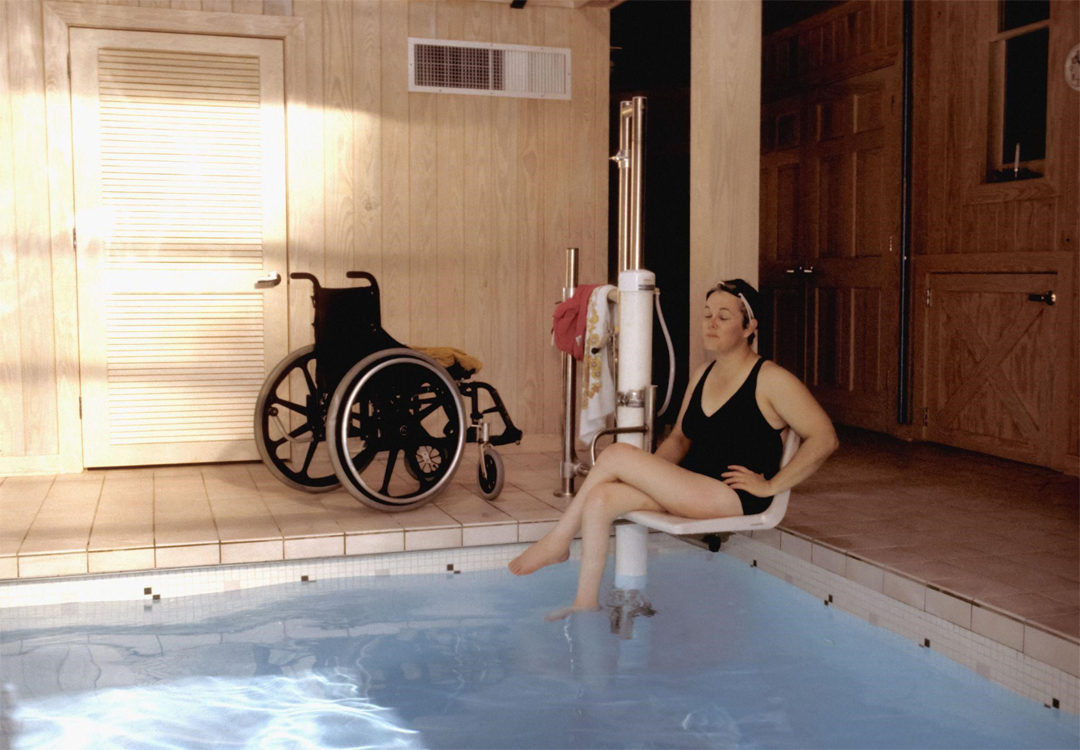
Prepping Your Home Before Surgery – What You Need To Know
Whether you’re preparing for hip replacement surgery or caring for a loved one who’s about to undergo the procedure, prepping your home beforehand can make the recovery process much more manageable. Make sure that you take the necessary steps to create disabled access, such as making entrances and exits wider, adding ramps and railings, or even utilizing disabled access grants for larger remodels. In addition, it may be beneficial to adjust your living areas by moving furniture out of tight spaces and ensuring that pathways are free of clutter. Investing some time into properly organizing your home before surgery will provide you with peace of mind in the long run.
Strategies For Making Your Home Easier to Navigate
Some of the strategies for adapting your home environment that you should consider include evaluating the layout of your home, investing in products that support your everyday routine and activities, and engaging in practices to keep yourself mindful and alert as you navigate your space. Simple adjustments such as widening doorways or installing grab bars can make moving around much easier. Think about installing an elevated toilet seat, purchasing furniture with themes of support and stability, and clear pathways throughout the home so that nothing is blocking your movements. These simple solutions can make daily life much easier as you move around the house while recovering. Additionally, having someone come in and help with cleaning regularly may also be useful, depending on how long you anticipate taking for total recovery.
Adapting Your Home After Surgery – Reducing Slips and Falls
Innovative Solutions For Improving Mobility in the Home
Home renovations are no longer solely a matter of aesthetics: reasonable accessibility is an increasingly important factor. For those recovering from hip replacement, having mobile solutions that support a safe and independent daily life has become essential. Thankfully, modern technology for improving mobility in the home is now more available than ever before. Take for example chair stairlifts and grab bars that are mentioned before- these two critical components of accessible homes are easy to install and combined with remote-controlled window blinds, walk-in showers, automatic doors, elevators, and adjustable ramp options, such renovations have the potential to greatly enhance personal safety while also providing people with a sense of self-sufficiency in their own living space.
How to Make Activities of Daily Living Easier After Hip Replacement
Another thing to consider after a hip replacement is how it will affect activities of daily living such as cooking and cleaning. Making sure there are no steps in areas where you will spend a lot of time, finding furnishings that are modified or adjustable, moving objects that might be obstacles, and having a step stool nearby are just some of the ways you can prepare for recovery. Another way to make daily tasks a bit easier is by having individual items needed for them at hand: for example, keeping a cooking bowl and utensils close by rather than walking around the kitchen assembling what you need each time you’re ready to cook or eat. Additionally, positioning chairs strategically throughout the house can help make it easier to get up and down. Taking these steps can create an environment that provides both safety and comfort throughout the entire process.
Recovering From Hip Replacement – Staying Physically Active Despite Injury
Finally, recovering from a hip replacement doesn’t have to mean sitting at home for weeks. Although the healing process post-procedure can take up to 6 months, being physically active is essential in helping your body return to its functional best. That is why it is important to adapt to your home environment as needed and follow suitable exercises that help you recover faster. Strengthening around the operative side will aid in achieving improved strength and balance. As always, consult a professional before engaging in any physical activity while recovering from a hip replacement.
As a hip replacement survivor, it is important to make the necessary adjustments to your home following surgery to ensure optimal healing and recovery. Taking the time to prep your home by evaluating potential hazards, improving strength and mobility through renovations, as well as focusing on posture and alignment through ergonomic measures are all important steps on the road toward making activities of daily living easier after hip replacement surgery. There are also several innovative solutions available that can help improve overall mobility and functioning within your newly adapted living space. Remember – above all else, staying physically active is vital for recovering from hip replacement surgery. With a little bit of planning and effort, you can turn your house into a safe and supportive environment so you can take strides toward regaining the active lifestyle you once enjoyed!
Comments
comments